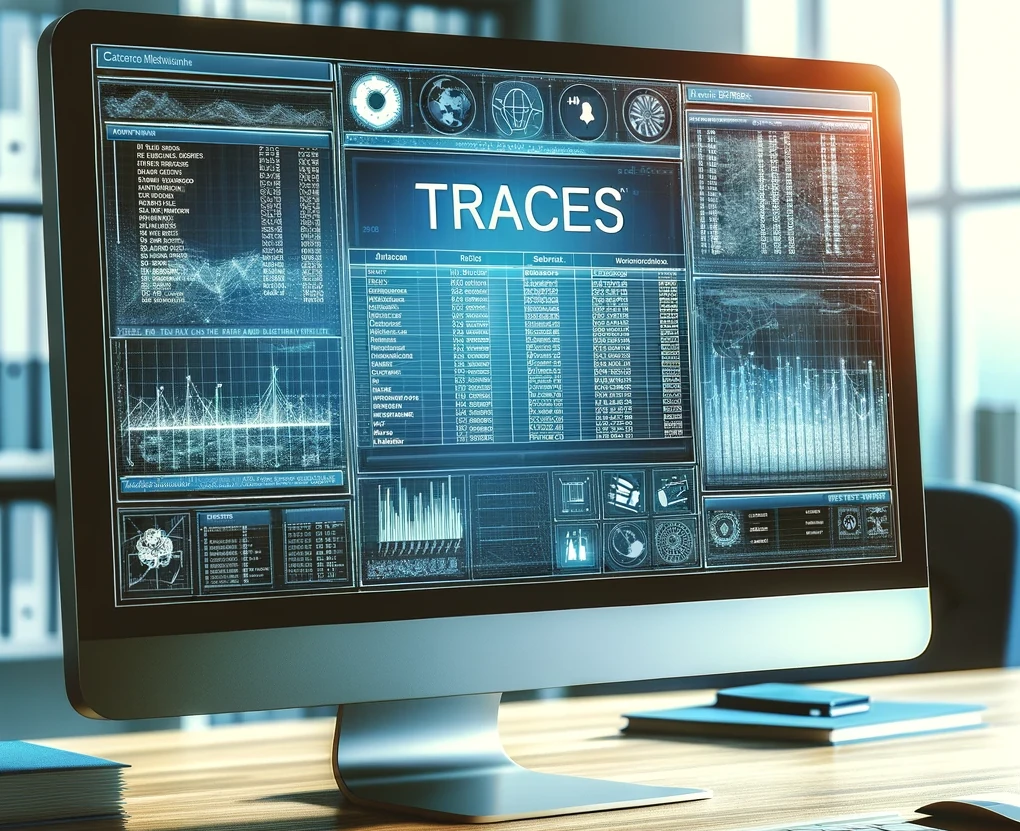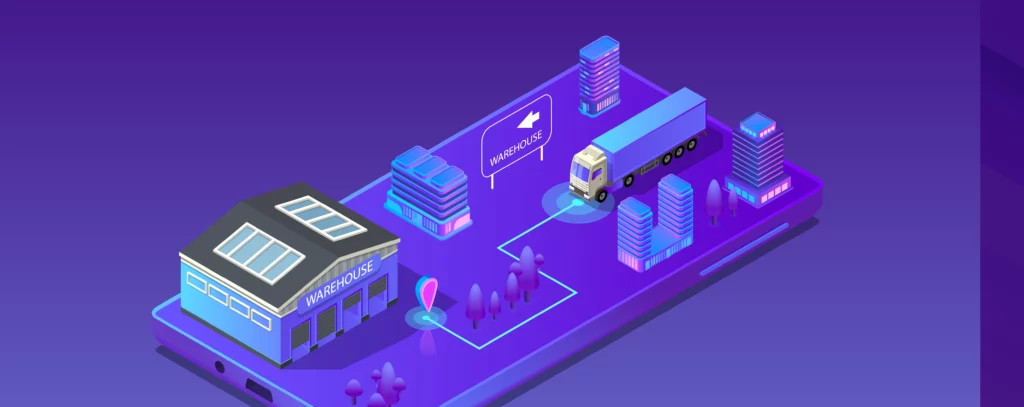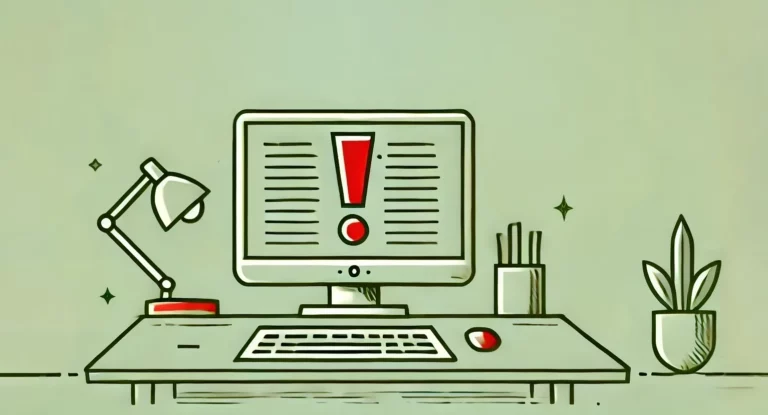TRACES system for the international transport of UPPZ

Where did TRACES come from and why does it play an important role in the international transport of UPPZ materials? Learn about its historical background and key tasks
TRACES system - history and reason for creation
TRACES (Trade Control and Expert System) was introduced in response to the African swine fever outbreak in Europe in 1997. The European Commission was required to develop a better model for tracking the movement of animals and UPPZ products within the EU. This happened at the request of the European Court of Auditors in Report No. 1/2000 and the European Parliament in Resolutions A5-396/2000.
Contact for TRACES registration:
e.nadolna@ekologistyka24.pl , +48 881 045 376
j.blazewicz@ekologistyka24.pl , +48 500 867 153
The system has been formally established By Commission Decision 2003/24/EC. Its mandatory use in EU Member States started on 1 January 2005 under Commission Decision 2004/292/EC. TRACES replaced the previous ANIMO and SHIFT systems. These proved ineffective, particularly during the bluetongue and foot-and-mouth disease epidemics of the late 1990s and early 2000s.

Poland in the TRACES system
Poland's integration into the TRACES system came with its accession to the European Union in 2004. It undoubtedly represented an important step towards increasing food security and protecting public health. Thanks to it, Poland gained access to the EU information exchange platform. It significantly improved and accelerated control processes at the borders and within the country.
Main tasks of the TRACES system
The TRACES system has by far the key role in the EU sanitary, phytosanitary and veterinary control mechanism. This is because it ensures food safety and public health protection within the European Union and for imports from third countries. These are its most important tasks:
- Firstly, tracking of shipments. It enables the monitoring of the movement of animals, animal products, food and feed within the EU and between the EU and third countries. It thus ensures the continuity of the supply chain, as well as enabling a rapid response in the event that risks are detected.
- Exchange of information between control bodies: Facilitates communication and data exchange between different control authorities in the Member States. Consequently, it contributes to more efficient border and internal controls.
- Import/export certification and control: TRACES is used to electronically issue, transmit and archive health and phytosanitary certificates. They are indispensable for the import and export of controlled products.
- Food safety and public health. Of course, by monitoring and controlling shipments, TRACES contributes to protecting consumers from food-borne diseases and phytosanitary risks.
- Decision support in crisis situations: It provides access to up-to-date and historical data. Undoubtedly, this is crucial for the rapid identification of the sources and spread of animal and plant diseases. It also enables effective preventive and intervention measures to be taken.
- Strengthening international cooperation: TRACES facilitates cooperation and information exchange between the EU and third countries. This is important to ensure high food safety standards on a global scale.
- Transparency and monitoring in the supply chain. By recording shipments electronically, TRACES increases the transparency of commercial processes and therefore enables full monitoring of products at every stage of the supply chain.
- Education and support for businesses. It offers tools and educational information for traders and exporters on EU requirements for food safety, animal health and plant protection.
Are you looking for loads that include UPPZ materials?
Have you obtained a permit to transport UPPZ materials but don't know where to look for them? Get in touch with our logistics department:
dispo@innovationtrading.eu , +48 519 516 869
Who needs to register with TRACES?
All operators and individuals involved in the import, export, and transit of animals, animal products, food and feed, and plants and plant products must be registered in TRACES.
Above all, in order to ensure that such a registration goes smoothly and without any problems, it is best to outsource it to an experienced consultancy that will take care of everything comprehensively. Contact with us and see how easy it is.






